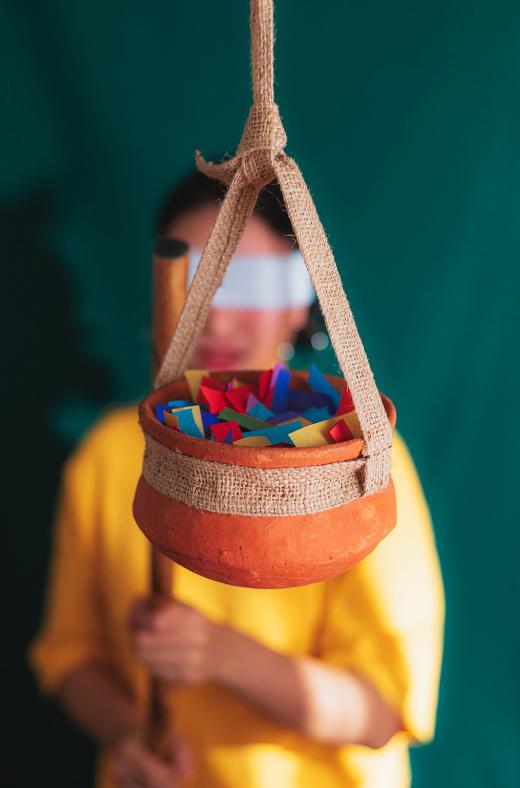In the gentle rustle of bamboo groves and the whispered tales of village elders, the gods of the Philippines still speak. While tourists flock to the country’s pristine beaches and bustling cities, a more ancient Philippines persists in the shadows of volcanic peaks and the depths of primordial forests. Here, in a land where Christianity now predominates, the old gods haven’t truly departed – they’ve simply learned to speak in different voices. From the mysterious depths of Mount Makiling to the storm-tossed waters of the Visayan seas, these deities have survived centuries of colonial rule, religious conversion, and modernization, weaving themselves into the fabric of contemporary Filipino life in ways both subtle and profound.
The Pre-Colonial Divine Hierarchy
Before Spanish colonization, the ancient Filipinos believed in a sophisticated cosmology divided into three primary realms: Kaluwalhatian (the skyworld), Kapatagan (the mortal realm), and Kasamaan (the underworld). Each realm hosted powerful deities who governed different aspects of life, nature, and the cosmos.
At the apex of this divine hierarchy stood Bathala, the supreme deity of the Tagalog people. Known as the creator of the universe, Bathala was believed to reside in Kaluwalhatian, watching over humanity from his golden palace among the stars. Unlike the distant gods of other mythologies, Bathala was often portrayed as an active participant in human affairs, teaching early Filipinos the arts of agriculture, metalworking, and other essential skills.
The Children of Nature
Philippine mythology is particularly notable for its intimate connection with the natural world. The ancient Filipinos recognized powerful spirits called “diwata” who embodied natural forces and phenomena. Among the most prominent was Maria Makiling, the guardian of Mount Makiling in Laguna, who became a symbol of environmental stewardship. Similarly, Maria Sinukuan of Mount Arayat and Maria Cacao of Cebu represented the bounty and mysteries of their respective domains.
The sea, crucial to life in the archipelago, was ruled by powerful deities like Aman Sinaya, who taught humans the art of fishing, and Magwayen, the goddess of the sea and death. These maritime deities reflected the Filipino people’s deep relationship with the ocean, influencing everything from fishing practices to navigation techniques.
Warriors and Protectors

The ancient Filipino pantheon also included formidable warrior deities who protected communities and upheld cosmic order. Apolaki, the sun god of war and patron of warriors, was particularly revered among the Tagalog people. His sister, Mayari, the goddess of the moon, combat, and revolution, represented feminine strength and wisdom in warfare.
Another significant figure was Bakunawa, the serpent deity who was believed to cause eclipses by attempting to swallow the moon. While often portrayed as an antagonist, Bakunawa’s existence in Filipino mythology highlighted the complex relationship between chaos and order in the universe.
Guardians of Life and Death
The cycle of life and death held special significance in Philippine mythology, with various deities presiding over different aspects of human existence. Sidapa, the Visayan god of death, was believed to record every person’s lifespan on a sacred tree. Meanwhile, Ikapati, the goddess of fertility and cultivation, blessed marriages and ensured bountiful harvests.
The underworld itself was not seen as a place of punishment but rather as another realm of existence. Sitan, the keeper of the underworld, was viewed more as a guardian than a malevolent figure, challenging the binary concept of good and evil often found in Western mythologies.
Living Legacy
Despite centuries of colonial influence and modernization, these ancient deities continue to influence Filipino culture in surprising ways. Contemporary artists, writers, and filmmakers regularly draw inspiration from these mythological figures, creating modern interpretations that resonate with new generations. Environmental movements invoke the protective spirits of nature, while indigenous communities maintain traditional practices that honor these ancient beings.
The persistence of these deities in Filipino consciousness speaks to their enduring relevance. They represent not just supernatural beings but embodiments of values that remain important in Filipino society: respect for nature, community solidarity, and the delicate balance between tradition and progress.
Beyond Myth and Memory

As the Philippines strides into an era of rapid technological advancement and cultural transformation, its ancient deities refuse to fade into obscurity. They emerge in unexpected places: in the environmental protests where activists invoke Maria Makiling’s protective spirit over threatened forests, in the fishing communities where old rituals quietly accompany modern methods, and in the creative works of a new generation of Filipino artists who find fresh relevance in these age-old stories.
Perhaps the most remarkable aspect of Philippine mythology isn’t just its survival, but its ability to evolve. These deities, once worshipped in bamboo temples and honored with elaborate rituals, now live on in digital art, viral social media posts, and contemporary literature. They remind us that mythology isn’t just about the past – it’s about how we continue to make sense of our world, our relationships with nature, and our place in the cosmos.
Today, scholars and cultural workers are making concerted efforts to document and preserve these mythological traditions. Digital archives, academic studies, and cultural programs are helping to ensure that the stories of these deities are not lost to time. Moreover, these efforts reveal how pre-colonial Filipino spirituality offered sophisticated answers to universal questions about existence, morality, and humanity’s place in the cosmos.
As the sun sets over the Philippine archipelago each evening, painting the sky in the same colors that Apolaki and Mayari once claimed as their domain, the ancient gods continue their vigil. They persist not as relics of a forgotten age, but as living metaphors for the enduring spirit of a people who have never lost their connection to the sacred, even as they embrace the future. In the end, the story of Philippine deities isn’t just about gods and spirits – it’s about how a nation keeps its soul alive in a changing world.






